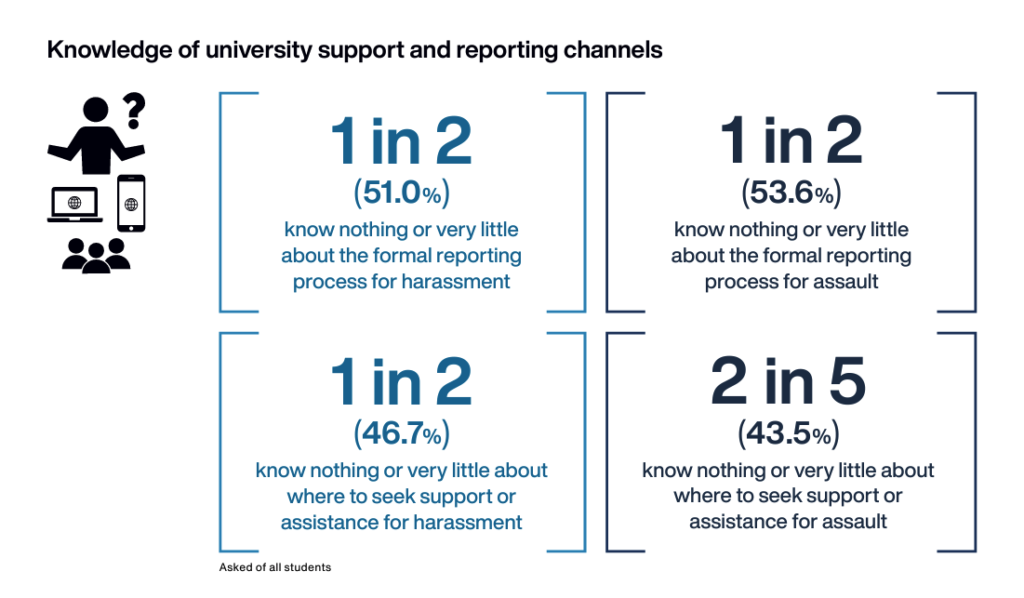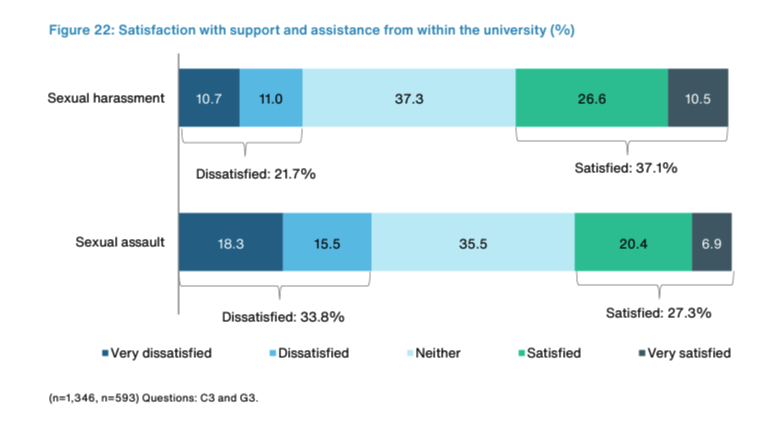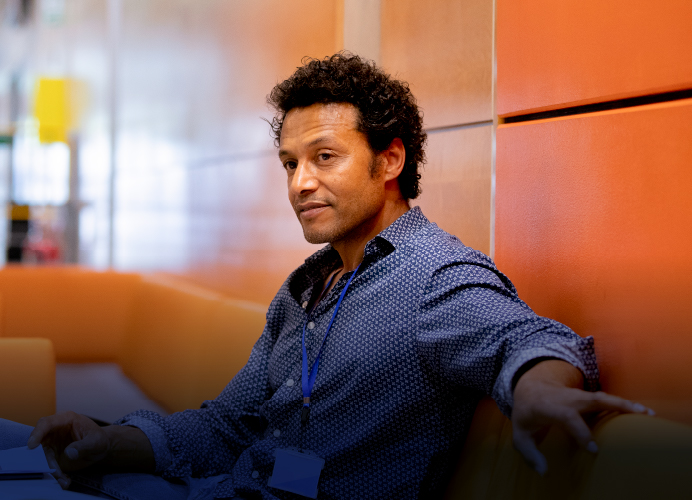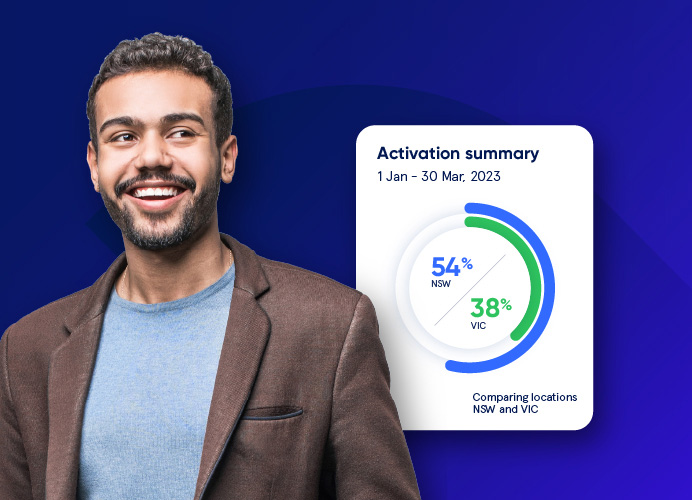University leaders and the NSSS results: why is student safety not improving?

Insights.
Following the release of the 2021 National Student Safety Survey results at the end of March, the media has been abuzz with damning headlines about the extent of the “distressing” and “abhorrent” sexual harassment and sexual assault of university students in Australia.
Of the 43,819 students who participated in the quantitative survey across 38 universities, 16 per cent had experienced sexual harassment since starting at university, and 4.5 per cent had experienced sexual assault.
But those statistics only tell half the story.
The other half of the story is the around the small fraction of students who lodged a formal complaint, the lack of knowledge about where to report incidents or seek support, the low level of satisfaction with support received, the confronting personal stories in the parallel qualitative survey of 1,835 students, and the fact that the results are similar to those of a national survey conducted five years prior.
Now, with the results of two extensive national surveys at hand, what will university leaders do (beyond their newly-published apologies) to meaningfully improve student safety and post-incident support, so that the results of the next survey give students and their parents some reassurance that this is being given the priority it deserves?
What is the National Student Safety Survey (NSSS)?
The NSSS is a sector-wide survey under Universities Australia’s Respect. Now. Always. initiative, which aims to measure student perceptions of safety at Australian universities and experiences relating to sexual assault and sexual harassment.
The 2021 NSSS (released in 2022), conducted by the independent Social Research Centre, builds on the foundational 2016 National Student Survey (completed by more than 30,000 students from 39 universities) and Change the Course Report (released in 2017).
A user-friendly list of universities ranked according to the prevalence among students of sexual assault at universities can be found in the ABC News coverage of the NSSS results here.
Why are the 2021 survey results important?
The NSSS results are important because:
- As cited in the survey report, “the harmful impacts of a victimisation experience have been shown to substantially affect a student’s wellbeing, academic performance, and continuation of their university studies (Jordan et al., 2014; Mengo & Black, 2016; Molstad et al., 2021)”; and
- They are a powerful report card for university leaders, who cannot deny knowledge and accountability of the issues when they have had five years since the 2016 survey to prioritise positive change.
What’s changed since the 2016 survey?
Whilst Universities Australia has issued an obligatory caution against direct comparisons between the two surveys due to changes in the survey methodology, there seems to have been little improvement in the state of student safety since 2016, and for some results, the figures seem to have worsened.
The most recent results showed slightly less students (16.1 per cent compared to 21 per cent) experienced sexual harassment since starting at university, but significantly more students (4.5 per cent compared to 1.6 per cent) experienced sexual assault. Alarmingly, in 2021, more students in both categories knew some or all of the perpetrators involved.
A shocking 97 per cent of students who experienced sexual harassment and 94.4 per cent who experienced sexual assault did not make any formal complaint. This means fewer students lodged formal complaints in 2021 than in 2016, despite promises by universities that reporting processes have improved.
| Student safety at universities | 2016 survey 30,000+ students | 2021 survey 43,819 students |
| Sexual harassment | 21% experienced sexual harassment since starting at university Less than 1 in 2 knew some or all of the perpetrators involved (45%) 94% did not make a formal complaint | 16.1% experienced sexual harassment since starting at university 1 in 2 knew some or all of the perpetrators involved (50.7%) 97% did not make a formal complaint |
| Sexual assault | 1.6% experienced sexual assualt since starting at university 1 in 2 knew some or all of the perpetrators involved (51%) 87% did not make a formal complaint | 4.5% experienced sexual assault since starting at university 2 in 3 knew some or all of the perpetrators involved (65.7%) 94.4% did not make a formal complaint |
Why a lack of student knowledge about reporting channels and support options?
Unfortunately, most victims of sexual harassment and sexual assault do not lodge formal complaints or seek support – whether they are university students or not. This is typically due to fear of stigma, fear of social repercussions, fear of reliving their trauma, fear of privacy violations, fear that it would be too hard to prove, fear that the experience would not be taken seriously, fear of an arduous police process, and/or thinking that they did not need help.
But it’s also because they don’t know how to lodge a formal report, or where to find appropriate support, which was evidenced in the 2021 NSSS results:

For a community of highly literate students whose universities have direct channels of communication to them (via email, phone, on-campus locations, and student portals) and the ability to introduce compulsory information sessions, why is there still a gap in awareness and knowledge?
Why such low student satisfaction with the support provided?
Students who had sought support from within their university were asked how satisfied they were with the support or assistance provided.
- Of students who were sexually harassed, less than two in five (37.1 per cent) were satisifed with the support or assistance provided by their university.
- Of students who were sexually assaulted, less than a third (27.3 per cent) were satisifed with the support or assistance provided by their university.
This means that of the victims who had found the courage to reach out for help, most felt let down by the support they received, which likely only compounded their vulnerability and trauma.

Why is student safety not improving?
Each university should be asking themselves this question specific to their institution, and putting their strategy, policies, processes and initiatives under the microscope.
If we can offer our perspective, from our experience supporting universities across Australia and New Zealand with the safety and wellbeing of their students, we commonly see five key barriers impeding meaningful progress:
1. Leaders are not challenging the status quo
Whilst their intentions are genuine, university leaders tend to delegate rather than embrace their responsibility for student safety and wellbeing. This can rob program managers of the high-level visibility they need for initiatives to be effective. It can also reduce their ability to secure funding, challenge the status quo, break existing conventions, try new approaches, and successfully innovate.
2. The support landscape is complex and confusing
When students need help, they are usually in a vulnerable state and easily overwhelmed. If students do remember where to find their university’s support options, they are often met with a laundry list of different contact details. Sadly, if there is not a single entry point for support, this can feel like an insurmountable barrier. For overseas students returning to our shores, this unfamiliarity and complexity is further exacerbated.
3. Support coverage is limited
Students don’t live in a 9-5 world or respond well to being instructed to attend a counsellor’s office on-campus. They study, socialise and/or work casual jobs at all hours of the day and night. They’re not always on campus, thanks to the new world of hybrid learning. They prefer text or in-app chat rather than phone or in-person services. They want a full 24/7 option (not just an after-hours appointment setter). In short, they want help when and where they need it.
4. Students can be distrustful of formal support
Trust is a precious thing which typically needs to be built over time. Student support programs that only catch students in moments of crisis are missing the crucial ability to foster trust progressively on their wellbeing journey. Ideally, student support frameworks should promote early awareness, as well as trust-building activities and earlier intervention, so when students do need help they know and trust who they’re reaching out to.
5. Students are not being adequately consulted
If universities genuinely want to improve student safety and wellbeing, they need to include the student voice in their discussions and decision-making – not only as an afterthought.
Summary
Citing the University of Wollongong, “The [NSSS] results do not make easy reading and… any instance of sexual harassment or sexual assault is one instance too many”.
With that acknowledged, the results present a renewed opportunity for university leaders to proactively shake up their student safety and support so they better meet the needs of their students (both before and after incidents of sexual harassment and sexual assault) – before their university is in the headlines again in five years’ time.
Want to learn more?
For more information about how Sonder can help you rethink your student and employee support, we invite you to contact us here.
About Sonder
Sonder is an Active Care technology company that helps organisations improve the wellbeing of their people so they perform at their best. Our mobile app provides immediate, 24/7 support from a team of safety, medical, and mental health professionals - plus onsite help for time-sensitive scenarios. Accredited by the Australian Council on Healthcare Standards (ACHS), our platform gives leaders the insights they need to act on tomorrow's wellbeing challenges today.
Related posts
There's so much more to share
Sonder is reimagining health, safety and wellbeing support. Sonder proves human centric care leads to earlier intervention. Sonder impacts one person at a time to drive meaningful change across an organisation. Sonder understands people and how to support them.






